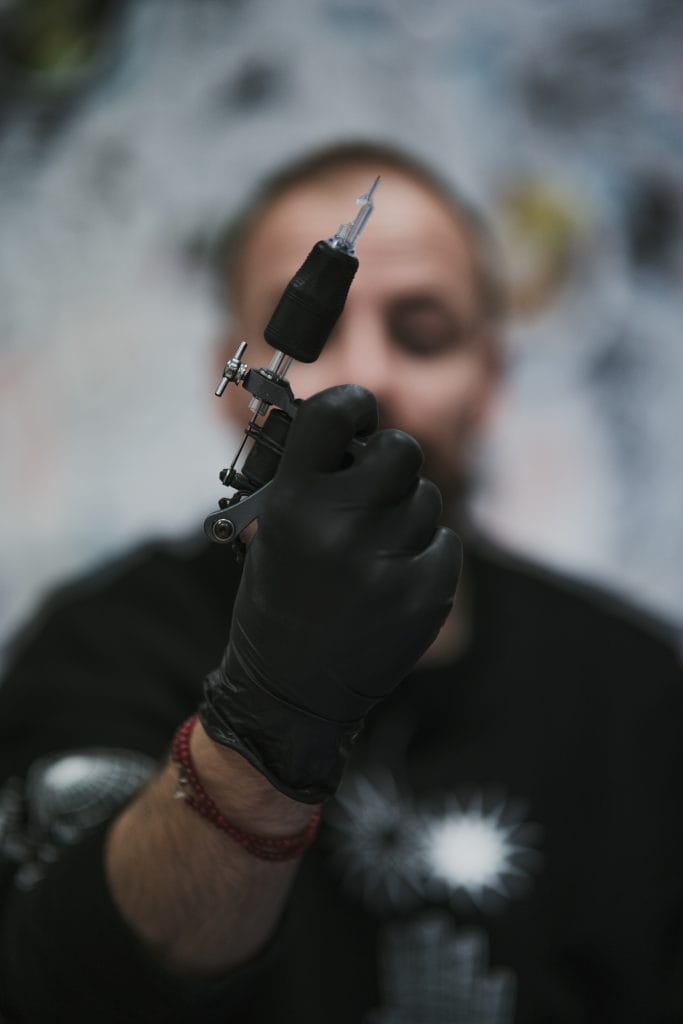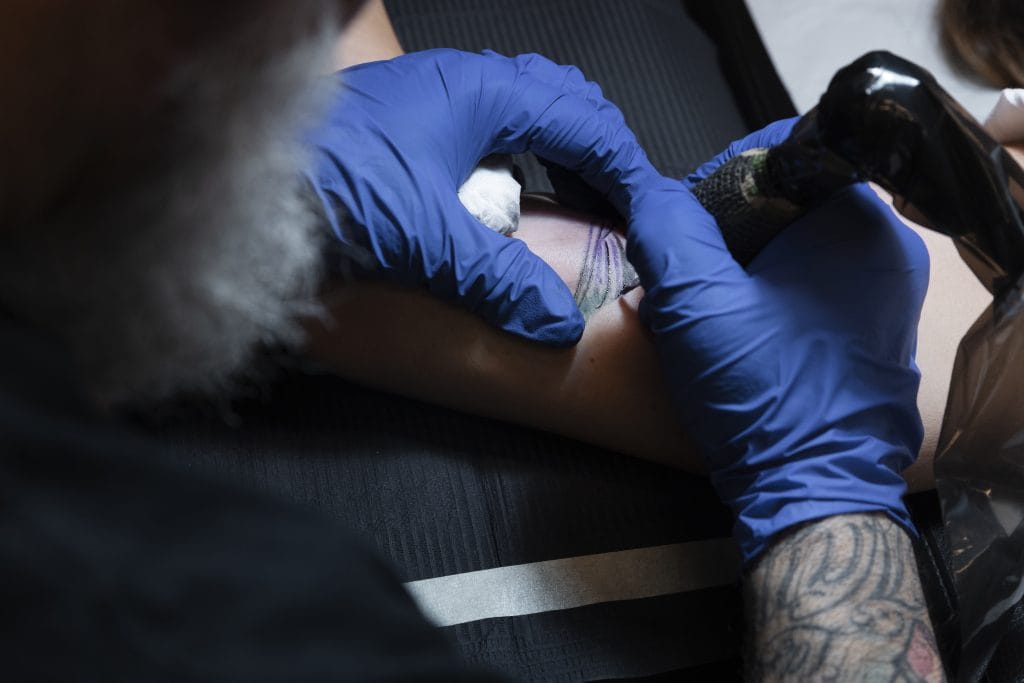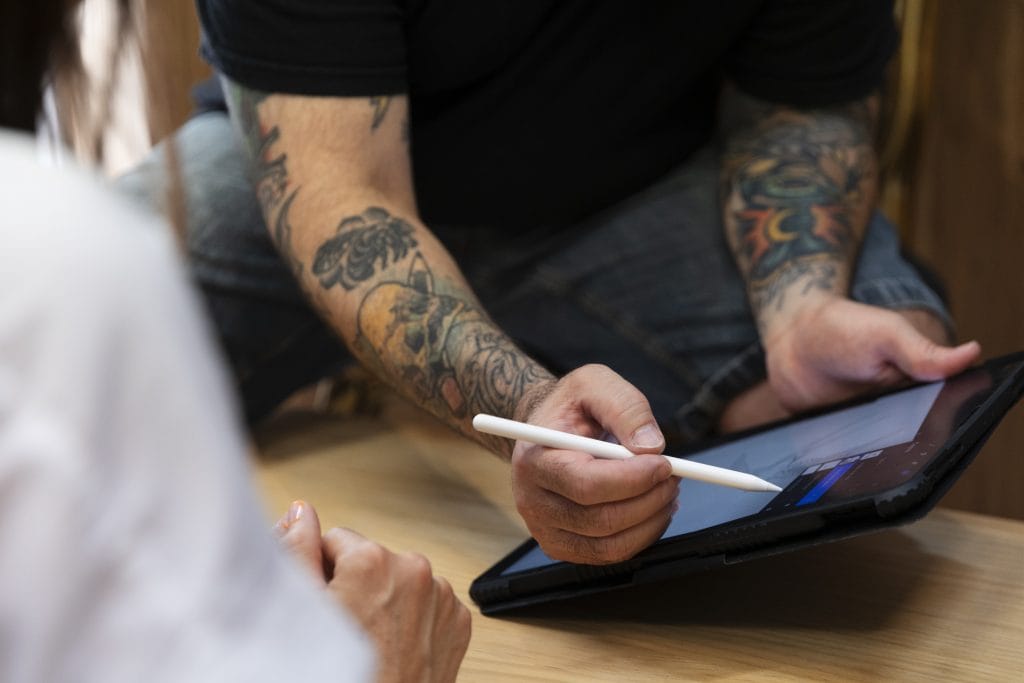3D tattoo illusions represent a fascinating intersection of art and technology, where skilled tattoo artists create designs that appear to leap off the skin. This style of tattooing employs advanced techniques to manipulate light and shadow, resulting in images that possess a remarkable sense of depth. Unlike traditional tattoos, which often lie flat against the skin, 3D tattoos engage the viewer’s perception, creating an optical illusion that can be both mesmerizing and thought-provoking.
The allure of these tattoos lies not only in their visual impact but also in the skill required to execute them effectively. The concept of 3D tattoos is rooted in the principles of perspective and shading. Artists must have a deep understanding of how light interacts with surfaces to create the illusion of three-dimensionality.
This requires not only technical skill but also a creative vision that allows them to envision how a design will translate onto the human body. As a result, 3D tattoos often become a personal expression of individuality, as each piece is uniquely tailored to the wearer’s preferences and body contours.
Key Takeaways
- 3D tattoo illusions create the appearance of depth and dimension on the skin, giving the impression of a three-dimensional image.
- Techniques for creating depth in 3D tattoos include shading, highlighting, and using perspective to make the design appear realistic and lifelike.
- When choosing a design for a 3D tattoo illusion, consider opting for images with natural depth, such as animals, objects, or landscapes, to enhance the illusion effect.
- Placement and size considerations for 3D tattoos should take into account the body’s natural contours and the need for sufficient space to create the illusion effectively.
- Finding a skilled tattoo artist experienced in 3D illusion tattoos is crucial for achieving a realistic and visually striking result.
Techniques for Creating Depth in 3D Tattoos
Shading and Color Interaction
One of the primary methods is the use of shading, which can range from soft gradients to stark contrasts. By carefully layering ink and adjusting the intensity of colors, artists can simulate the way light falls on an object, giving it volume and dimension.
Highlights and Shadows
Another essential technique is the strategic placement of highlights and shadows. Highlights are typically applied using lighter shades or even white ink, while shadows are created with darker tones. The interplay between these elements is crucial for achieving a convincing 3D effect.
Line Work and Dynamic Representation
Additionally, artists may use line work to define edges and contours, further enhancing the illusion of depth. The combination of these techniques allows for a dynamic representation that can evoke a sense of movement or realism, making the tattoo appear as if it is part of the skin rather than merely inked on top.
Choosing the Right Design for a 3D Tattoo Illusion
Selecting an appropriate design for a 3D tattoo illusion is a critical step in the tattooing process. The design should not only resonate with the individual’s personal style but also lend itself well to the three-dimensional effect. Popular themes for 3D tattoos include objects like skulls, flowers, and geometric shapes, as these can be manipulated effectively to create depth.
However, more abstract designs can also work well if they are thoughtfully crafted to enhance the illusion. When choosing a design, it’s essential to consider how it will interact with the contours of the body. Certain designs may look stunning on paper but may not translate well onto skin due to anatomical differences.
Collaborating with a skilled tattoo artist can help ensure that the chosen design is optimized for a 3D effect while also fitting harmoniously with the body’s natural lines and curves. Ultimately, the right design should evoke emotion and meaning for the wearer while showcasing the artist’s technical prowess.
Placement and Size Considerations for 3D Tattoos
Placement and size are crucial factors that can significantly influence the overall impact of a 3D tattoo illusion. The location on the body where the tattoo is placed can affect how light interacts with it, thereby enhancing or diminishing its three-dimensional effect. Areas with more natural curvature, such as the forearm, shoulder, or thigh, often provide an ideal canvas for 3D designs.
These locations allow for greater visibility and can accentuate the depth created by the tattoo. Size is another important consideration; larger tattoos tend to allow for more intricate details and greater depth perception. A small design may lose its intended effect due to limited space for shading and highlights.
Conversely, oversized tattoos can become overwhelming if not designed thoughtfully. Striking a balance between size and detail is essential for achieving a successful 3D illusion. Ultimately, both placement and size should be carefully considered in conjunction with the chosen design to ensure that the final result is visually stunning and impactful.

Finding a Skilled Tattoo Artist for 3D Illusion Tattoos
Finding a skilled tattoo artist who specializes in 3D illusion tattoos is paramount to achieving a successful outcome. Not all tattoo artists possess the same level of expertise when it comes to this intricate style; therefore, conducting thorough research is essential. Look for artists who have a strong portfolio showcasing their work in 3D tattoos specifically.
This will provide insight into their technical abilities and artistic style, helping you determine if they align with your vision. Additionally, consider seeking recommendations from friends or online communities dedicated to tattoo art. Engaging with others who have experience with 3D tattoos can lead you to reputable artists who have proven their skills in this specialized area.
Once you have identified potential artists, schedule consultations to discuss your ideas and gauge their understanding of your vision. A skilled artist will not only be able to execute your design but will also offer valuable insights on how to enhance its three-dimensional effect.
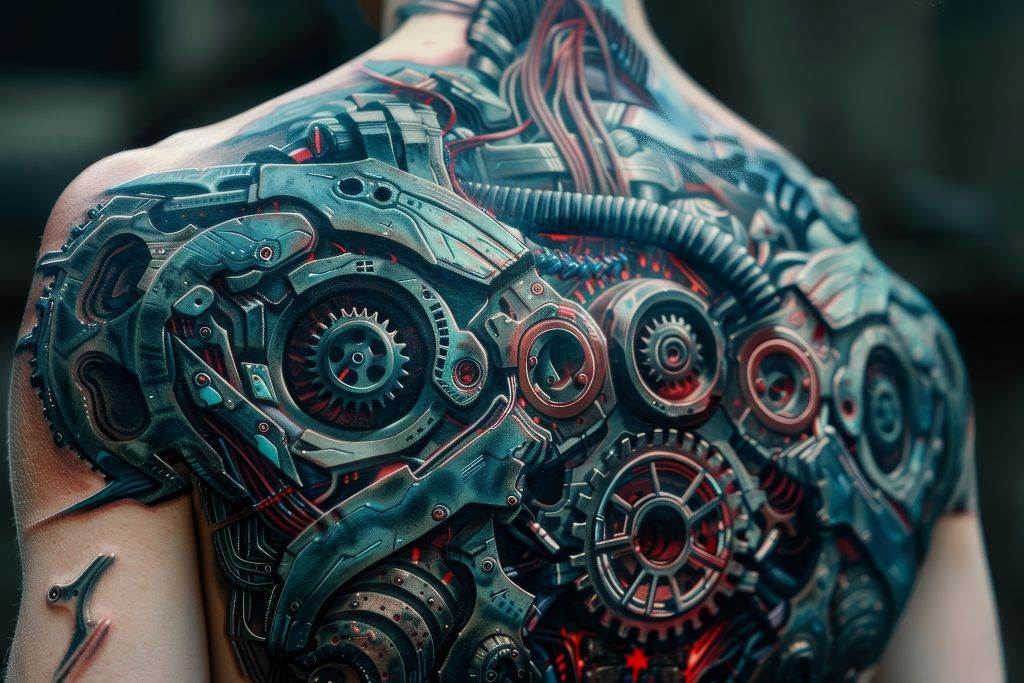
Aftercare and Maintenance for 3D Tattoos
Preventing Infection and Promoting Healing
Adhering to these guidelines helps prevent infection and promotes optimal healing. As your tattoo heals, it’s important to continue caring for it even after the initial healing period has passed.
Maintaining Color Vibrancy
Regularly moisturizing the area can help maintain color vibrancy and prevent fading. Additionally, protecting your tattoo from excessive sun exposure by applying sunscreen can significantly extend its lifespan.
Preserving the Illusion of Depth
Over time, as skin naturally ages and changes, some fading may occur; however, proper care can help preserve the illusion of depth that makes 3D tattoos so captivating.
Potential Risks and Considerations for 3D Tattoo Illusions
While 3D tattoos offer stunning visual effects, there are potential risks and considerations that individuals should be aware of before committing to this style. One primary concern is the possibility of infection or allergic reactions to the ink used during the tattooing process. It’s essential to choose a reputable artist who follows strict hygiene practices to minimize these risks.
Another consideration is the longevity of 3D tattoos compared to traditional designs. The intricate shading required for depth may fade more quickly over time if not properly cared for or if exposed to harsh environmental factors. Additionally, as skin ages or changes due to weight fluctuations or other factors, the appearance of the tattoo may alter as well.
Understanding these potential challenges can help individuals make informed decisions about their tattoo choices.
Exploring the Popularity of 3D Tattoo Illusions
The popularity of 3D tattoo illusions has surged in recent years, driven by advancements in tattooing techniques and an increasing appreciation for artistic expression through body art. Social media platforms have played a significant role in this trend, allowing artists to showcase their work to a global audience while inspiring individuals seeking unique designs. The ability to share images instantly has created a community where creativity thrives, leading to innovative approaches within this genre.
Moreover, as more people seek personalized forms of self-expression, 3D tattoos offer an exciting avenue for individuals looking to stand out from traditional designs. The captivating nature of these illusions often sparks conversations and admiration from others, making them an appealing choice for those who want their body art to make a statement. As this trend continues to evolve, it’s likely that we will see even more imaginative interpretations of 3D tattoos in the future, further solidifying their place in contemporary tattoo culture.
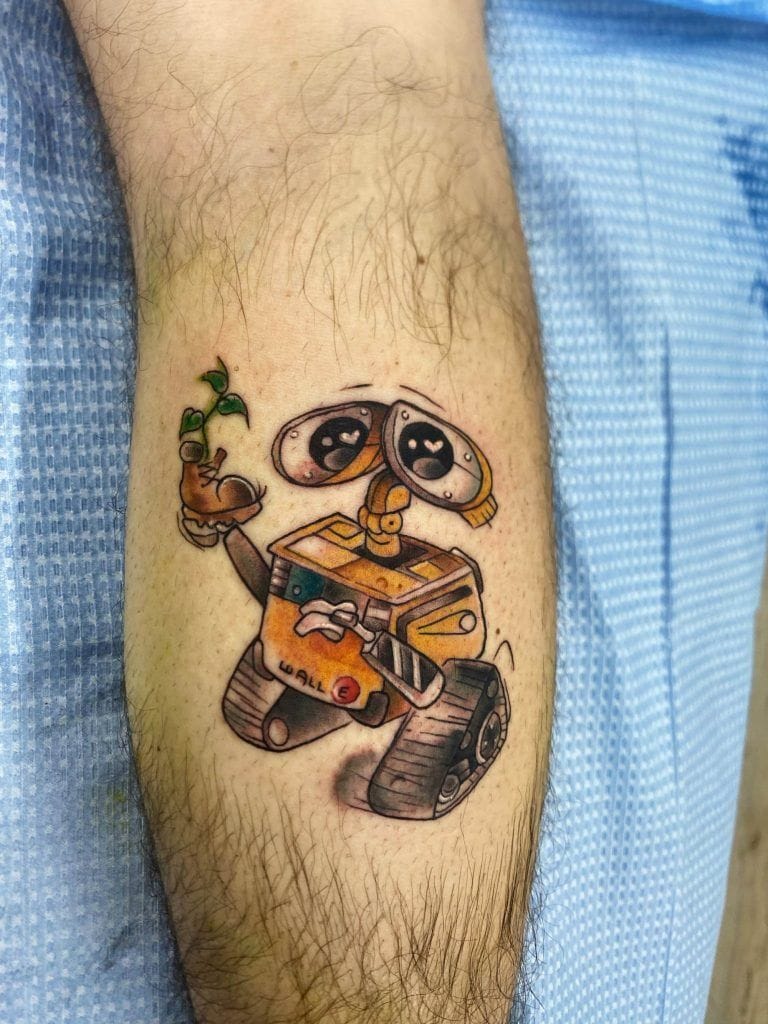
Mastering the Art of Depth and Dimension on Flat Skin

